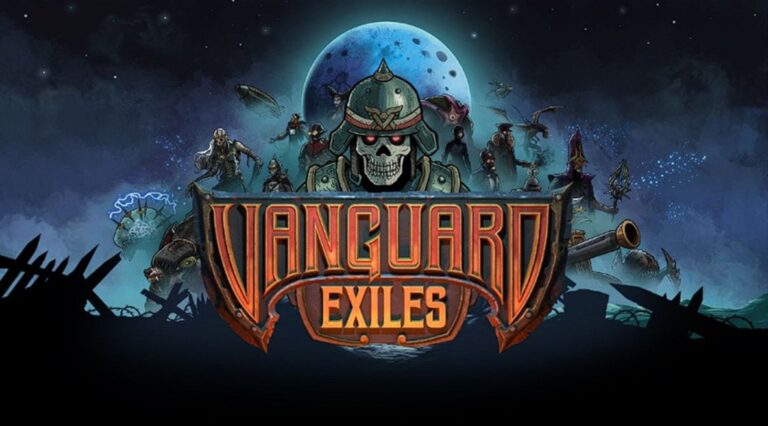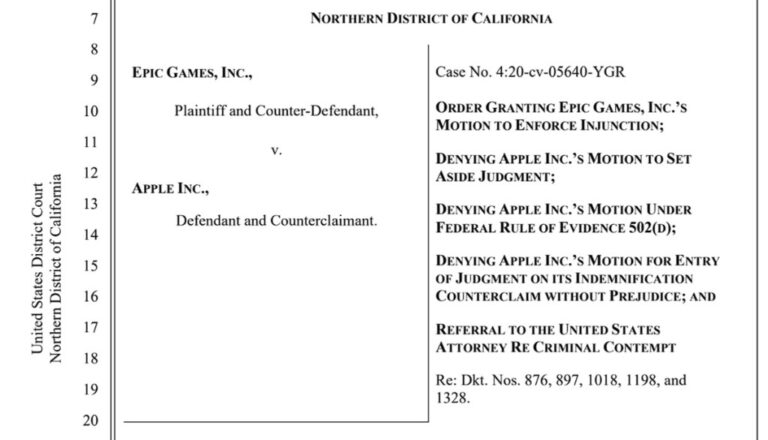AI2 Unveils Tülu 3: The Revolutionary Open-Source Model Outperforming DeepSeek v3 and GPT-4o with Innovative Post-Training Techniques
DeepSeek-R1 has recently made headlines with the release of its model code and pre-trained weights, sparking interest in the AI community. However, unlike many of its competitors, it has not made its training data public. This decision contrasts with the approach taken by Ai2, which aims to promote greater transparency and openness in AI development.
Understanding DeepSeek-R1’s Release
DeepSeek-R1’s release includes two main components:
- Model Code: The underlying code that powers the AI model, allowing developers to understand and utilize its architecture.
- Pre-trained Weights: These weights facilitate faster deployment and experimentation, as they are already optimized for performance.
Absence of Training Data
One notable aspect of the DeepSeek-R1 release is the lack of available training data. This choice raises questions about transparency in AI development:
- Why is training data important? It allows researchers to reproduce results and build upon existing models.
- Impact on Collaboration: Without data, collaboration and innovation may be hindered, potentially limiting advancements in the field.
Ai2’s Commitment to Openness
In stark contrast, Ai2 has embraced a more open approach. By making both code and training data available, Ai2 fosters a collaborative environment that encourages innovation. This strategy can lead to:
- Enhanced reproducibility of research findings.
- Faster development cycles for new AI applications.
- A more engaged community of developers and researchers.
Conclusion
As the AI landscape continues to evolve, the decisions made by organizations like DeepSeek and Ai2 will shape the future of artificial intelligence. While DeepSeek-R1 focuses on providing its model code and weights, Ai2’s commitment to transparency may pave the way for more collaborative advancements. For more insights into AI development, visit our AI Development page.







